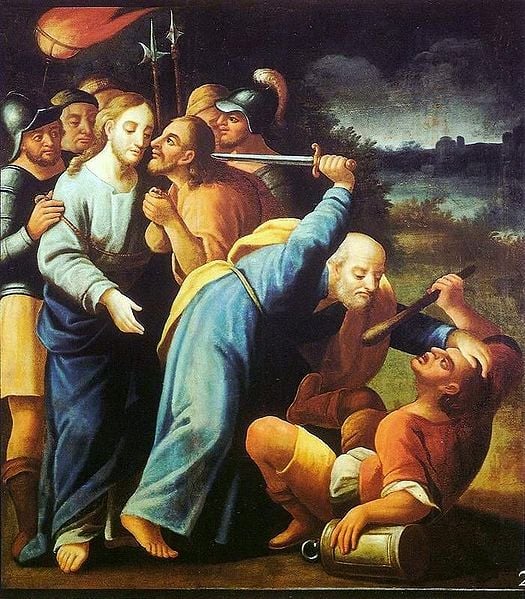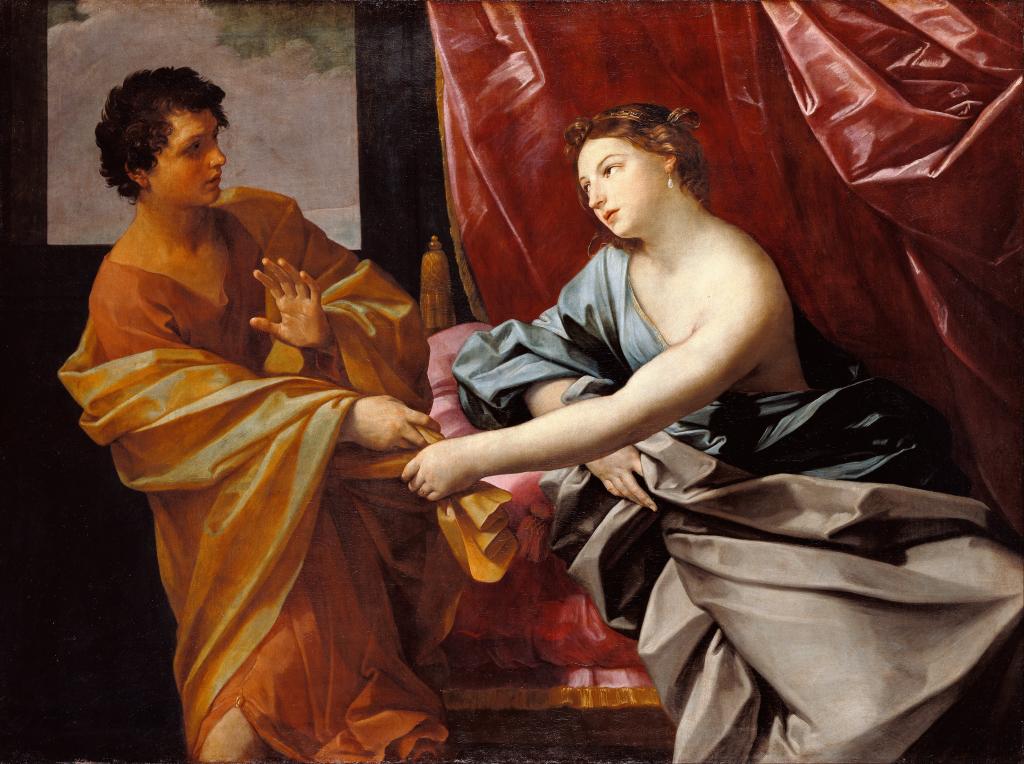Continuing Peculiar People’s recent theme of ridiculously late book reviews, I offer the following. If Matt can review Lev Grossman’s four-year-old book, I can review Matt’s one-year-old book, right?
When young Latter-day Saints learn their history, I think the most common challenge to their faith is not any specific controversy, like polygamy or the Mountain Meadows Massacre, but rather just how different the Church and its teachings used to be. Prophets attacking capitalism? Apostles defending evolution? Women giving blessings, and people speaking in tongues at church? To someone who implicitly assumes that a true religion is an unchanging religion, any one of these issues can become a stumbling block.
Of course, it isn’t surprising that people who believe prophets are inspired would find it uncomfortable to learn that the prophets sometimes contradict each other. What is surprising is that some non-Mormons have had much the same reaction. Following present stereotypes, they expect Mormonism to be racist, sexually confining, and right-wing, but their first acquaintance with Mormon history shows them Joseph Smith’s moderate abolitionism, utopian communalism, and, of course, polygamy, a violent offense against “traditional marriage.” And beguiled by the radical Mormonism that was, they become all the more disgusted with the conservative Mormonism that is.
What these two sets of disillusioned readers have in common is the inability to see the continuity amid the change. To both, I recommend Matthew Bowman’s history, The Mormon People: The Making of an American Faith (Random House, 2012).
Bowman’s narrative begins by explaining the context in which Joseph Smith received his revelations and founded the Church. As every Mormon knows, Joseph was surrounded by religious upheaval, with denominations vying for converts and thousands hurrying to camp meetings to be saved. But Bowman expands Joseph’s context beyond religion: it was also a time of extraordinary economic and political upheaval. The Revolutionary War and the new Constitution were still a living memory for the older generations, and families and communities–often only a bad harvest away from disaster–were constantly being uprooted and separated by the harsh forces of early industrial capitalism. To Bowman, Joseph’s religious yearnings were in part due to this chaos, and those who followed him found an anchor in his teachings that they could not find in their lives.
The desire for an anchor was one reason for Mormonism’s most persistent characteristic: its ongoing quest to bind people together. In Joseph Smith’s day, this quest manifested itself in attempts to build utopian communities in Ohio and Missouri; when Brigham Young was prophet, it appeared in efforts to build a new Israel in the Rocky Mountains. For both Smith and Young, one of the chief mechanisms for binding people together was polygamy, which Bowman says was used in a dynastic fashion, creating marriage ties among the Church’s leading families. When polygamy was its height, sexual freedom was the farthest thing from its defenders’ minds. For them, polygamy was (among other things) a way to be more Victorian than the Victorians, to save women from unwed pregnancy and prostitution by integrating them into families that would take care of them.
When the railroad, federal persecution, and eventually statehood put an end to polygamy and the United Order, the desire for an anchor and the quest to bind people together had to find new ways of expressing themselves. The result is modern Mormonism.
Where polygamy and sealing ordinances once bound families to each other horizontally, Mormonism came to focus on vertical family chains, binding generation to generation through vicarious sealings in its temples and through an emphasis on strong nuclear families. Where utopian communalism once promised to give economic stability to the poor, the Church welfare system now does the same. Even Brigham Young’s effort to bind Mormons to each other by isolating them from the world has a modern analogue: increased emphasis on the Word of Wisdom, which in our socially lubricated society can sometimes seem as isolating as living in the Great Basin in 1850.
The point is not that Mormonism hasn’t changed in important ways since its nineteenth-century founding. Clearly it has, and The Mormon People documents those changes carefully. The point is that radical early Mormonism was more like today’s middle-class faith than casual observers are likely to believe–in other words, that today’s Mormonism is animated by the same desires that moved the first Mormons to tell the world it was going to Hell, reject the societies they came from, and literally risk death to build a better one. If that were all I had learned from Bowman’s book, it would still have been worth reading.











